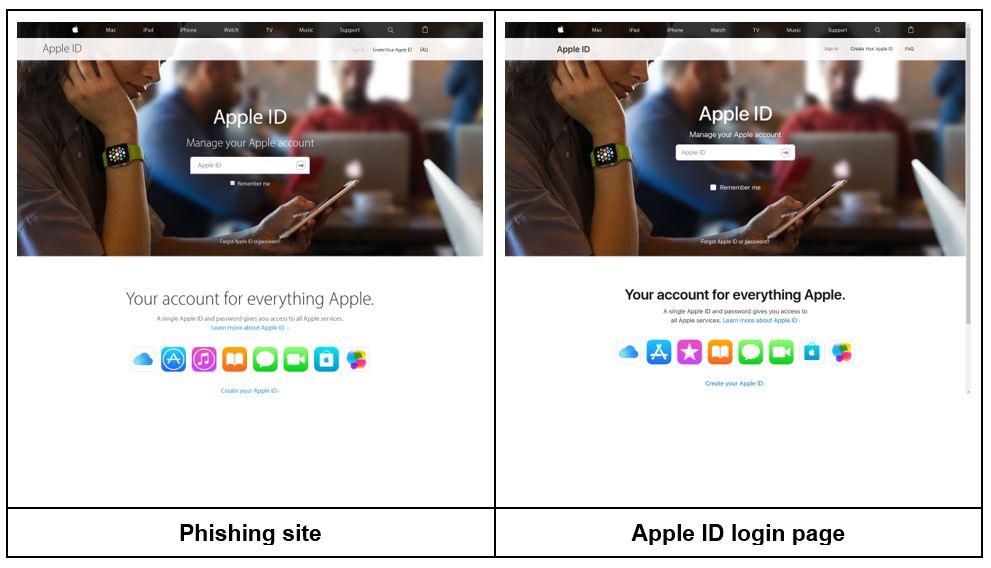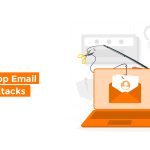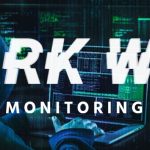Table of Contents
A Brief on ‘What is Brand Protection?’
Just like Rome was not built in a day, successful business takes days of hard work and challenges to reach a paramount height. Many enterprises that fall under Fortune companies today, took years to build their business and create an eminent brand image in the market. However, the reputation of any organization relies upon its brand and its presence on various platforms. One of the biggest platforms that majorly impacts an organization’s reputation is the ‘online platform’. A brand is a valuable asset of an organization, especially in the digital landscape. Therefore, organizations must ensure brand protection online in the same fashion as they protect their other valuable assets. Failure to do so may not only reduce the value of your brand in the market but also can completely damage the reputation of your business.
A brand is more than just a front face of an organization. It is an intangible perception in the mindsets of consumers that concerns the quality and attributes of a product or service of the business. Moreover, developing any brand requires significant time and investment, but it would take only a matter of some time for cyber threat actors to destroy a brand’s image completely online. Hence, due to the widespread usage of the internet in the business world today, it has become essential highly to protect your brand. Brand protection is basically the act of preventing the brand against counterfeiting and copyright infringement activities. It is the process of securing a company’s intellectual property (IP) and its associated brand from copyright pirates or imitators from violating trademark rights, legitimate website content, designs, patents, etc. In short, brand protection prevents the brand from being abused in the digital landscape.
Why Does Your Brand Reputation Matter Online?
Today people are bombarded with various online advertisements of ubiquitous brand names. Even though renowned brands are easily recognizable, there are several other websites or applications present online that counterfeit brand names for malicious use. There are many reasons for the importance of brand protection. For instance, imagine your potential customer searching online for a service or product of your business. But rather than coming across the legitimate website of your company, your customer happens to fall for a fake website that has impersonated the content of your website and looks highly convincing. What would be your take on this? Without your knowing, your customer would fall for it and there would be a high possibility that after finding out the illegitimacy of the fake websites, a major bad impact on your brand reputation would arise. While it is just a scenario of one customer, imagine the number of other customers who might unknowingly fall victim to such websites that are impersonating your business online!
Follow the image below to understand the problem more clearly:

Phishing site vs. original site
From the above image, it can be clearly seen that phishers can easily trick users with fake websites using convincing content and making it look like the original one. Although this practice of brand infringing comes in various forms such as copyright piracy, social media impersonation, trademark squatting, etc., the phishing of websites and application tops among them all. The malicious motive of phishers to create an impersonated website or application is to get most of the traffic redirected from official to fake platforms. By doing this, they get to trick customers into submitting their personal information and later these cyber crooks misuse the provided information. In fact, recently in the two weeks of the survey, it was discovered that 94% of cyber attacks related cyberattacks were phishing attacks and it included fake websites with domain names such as “Corona” or “COVID”. Also, it was reported that 51,000 Coronavirus-themed domains were registered at the beginning of 2020, between January and March!
Moreover, in February 2020, the banking sector was used as bait in the phishing attack campaign. The cyber attackers targeted mobile banking users by sending phishing links that redirect users to fake websites impersonating well-known banks in North America. Nearly 4,000 users fell victim to the phishing attack where the cyber threat actors were able to capture their sensitive information and login credentials. In a threat research report, it was discovered that every 20 seconds a new phishing website goes live! This means that 3 new websites per minute are specifically designed to target users to steal their personal information. These statistics are a call for organizations to understand how vulnerable their brands are online. Today, organizations without online brand protection hold higher chances of having phished pages of their legitimate website online.

Brand impersonation
No matter what kind of industry your business comes under, be it manufacturing, healthcare, food, or BFSI, phishers won’t spare you if they find your brand vulnerable online. They would not only create a fake website but would also get the power of risking your business’ brand reputation in phishing scams, including other malicious activities. This is why brand protection is the most critical aspect of every industry today.
What Types of Brand Protection Strategies Should Organizations Follow?
An organization must implement proper and adequate brand protection strategies to keep a watch on the online activities taking place against their brand. Amidst the complexity of evolving online threats, stringent monitoring, and security measures are highly recommended for every firm. Knowing how cyber threat actors can infringe on your brand and forge your company’s website, it is necessary to enforce your rights to maintain the integrity of your brand. Here are the best brand protection strategies that every CISO and CIO must implement in the organization:
- Stringent Brand Monitoring:
Regular and stringent brand monitoring ensures that your brand is not being negatively publicized on the internet by phishing web pages or applications. It is the best way to identify fraudulent practices taking place against your brand and maintain the brand’s reputation in the digital landscape. With proactive brand monitoring, it becomes easier to detect website forgery and manage the domain.
- Instant Take-down Tool:
Implementing brand protection software not only detects counterfeiting of websites and applications effectively but also ensures to instantly take down phishing domains present online in the name of your brand. Only regular tracking won’t stop cybercriminals from impersonating your website but implementing an instant take-down tool will help in removing all phishing domains within a matter of seconds from the web browser.
- Dark Web Monitoring:
Hackers can go beyond the regular surface web to exploit an organization’s brand reputation while creating phishing websites or applications. You may never know how your brand is being misused in the other hidden world of the web called the dark web. The dark web is an infamous part of the web where the confidentiality and legitimacy of brands is exploited. By implementing and using dark monitoring techniques, organizations can detect copyright infringement activities taking place on the dark web.
By implementing the above-mentioned following types of brand protection strategies, organizations can secure their brand online and mitigate the chances of website forgery.
Did you find this blog helpful in terms of brand protection? Comment below to let us know what you think!









Leave a comment
Your email address will not be published. Required fields are marked *